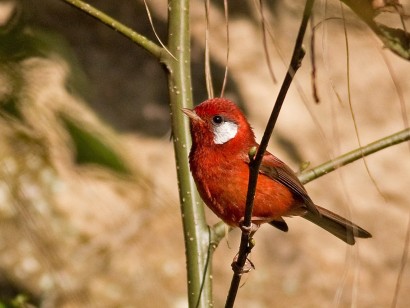Southern Mexico
Highlights
Highlights
- Superb birding in a wide variety of habitats, including the spectacular Sumidero Canyon and the pre-Columbian pyramids at Palenque.
- A wealth of birds, over 40 endemic or near-endemic species, including many localized wrens, hummingbirds, and the splendid Rosita’s Bunting, Orange-breasted Bunting and Red-breasted Chat.
Map
Map
Overview
Tour Overview
On our birding tour to Oaxaca and southern Mexico, we can expect to see up to 45 endemics, plus 43 near-endemics to Mexico, large numbers of other tropical species, and migrants from the United States and Canada. More than 350 species are likely to be tallied.
Habitats are diverse including cloud forest, pine woodland, tropical deciduous and rain forests. We visit the highlands in Oaxaca, Isthmus of Tehuantepec, Pacific Slope around Huatulco, and Gulf Slope rain forests in Chiapas.
We search for Dwarf Jay and Dwarf Vireo, and for two restricted-range species: Nava’s Wren and Long-tailed Sabrewing. We visit spectacular steep-walled Sumidero Canyon and the charming city of San Cristóbal de Las Casas, again targeting very special birds, such as Belted Flycatcher and Pink-headed Warbler.
Other jewels include endemic Rosita’s Bunting, Orange-breasted Bunting and Red-breasted Chat. Our tour culminates at the outstanding Mayan archaeological site of Palenque, where we expect a dazzling array of species in luxuriant rain forest and marvelous Usumacinta marshes.
Dates & Prices
DATES & PRICES
What's Included
What's Included
Tour Price Includes
- All meals and accommodation
- Ground transporation
- 1 guide with 4 - 8 participants, 2 guides with 9 - 12
- Park entry / tour fees
Tour Price Does Not Include
- Flights to and from start/end location
- Items of a personal nature
- Travel Insurance
Gallery
Gallery


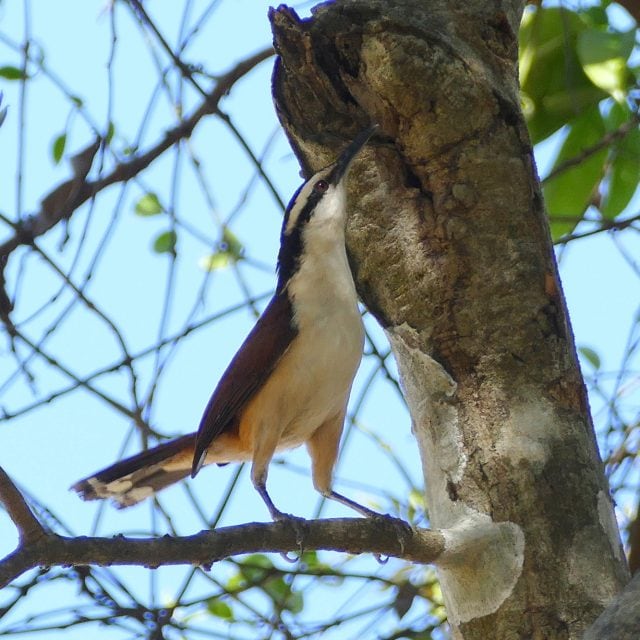


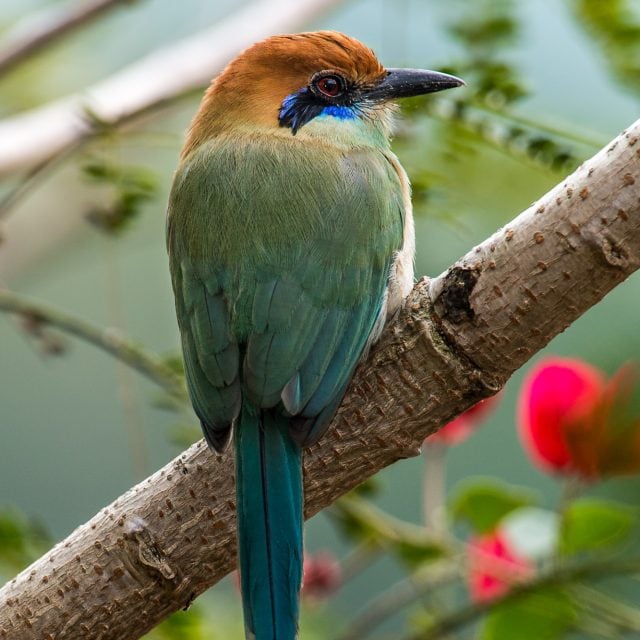


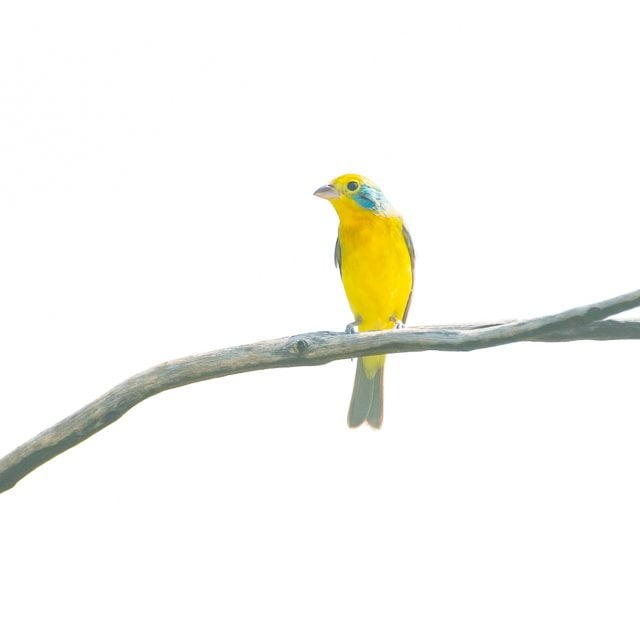



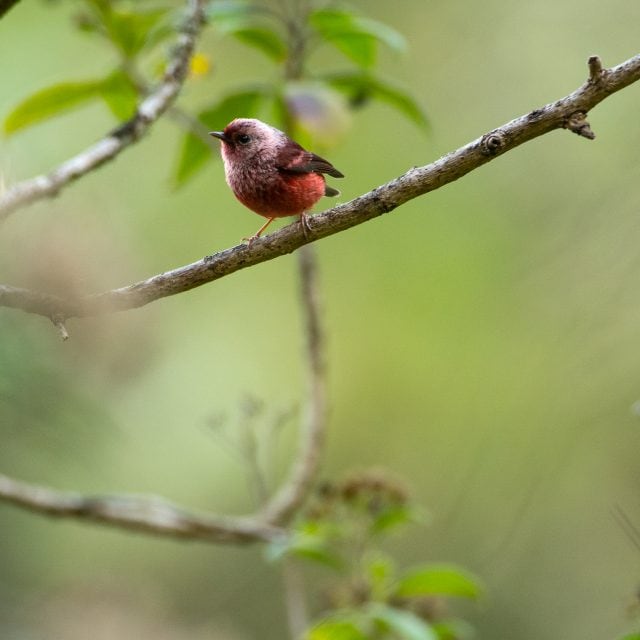
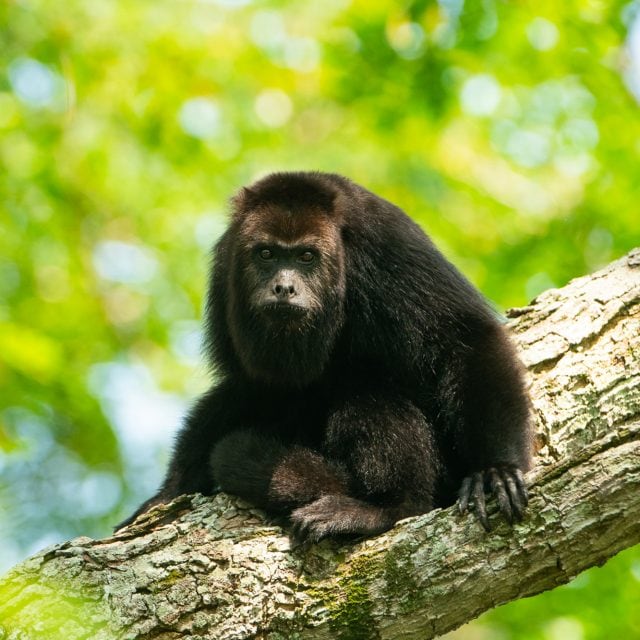

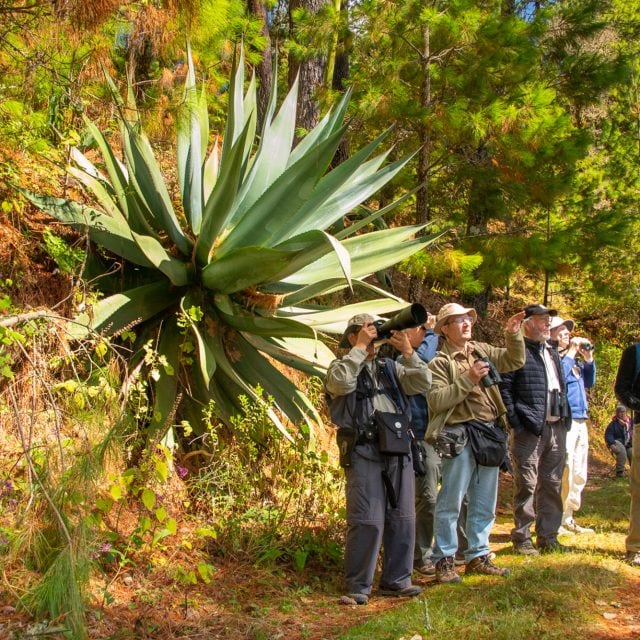
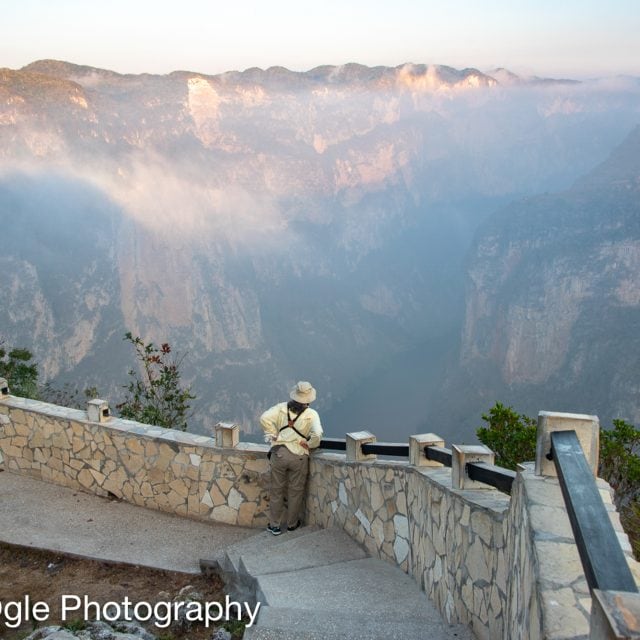



Itinerary
Day 1: Arrival and Orientation
Our Southern Mexico birding tour begins with arrival in Oaxaca, where our tour leader(s) will meet you for dinner. Night in Oaxaca.
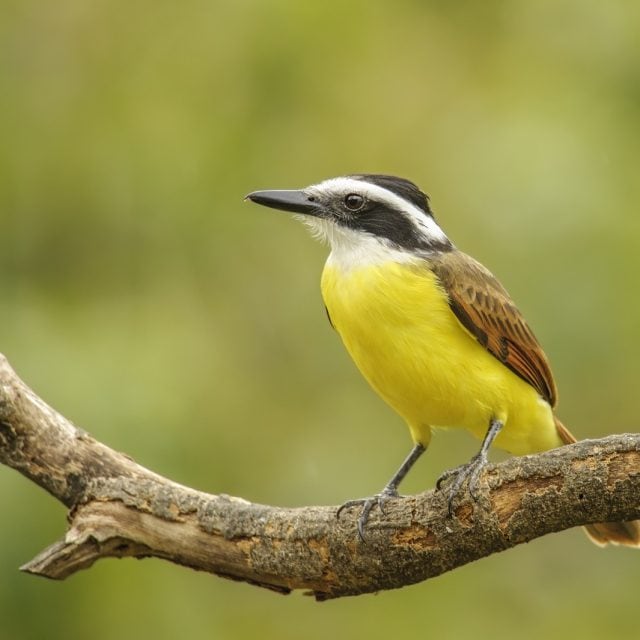
Days 2 and 3: Oaxaca
The diverse habitats -pine woodland, subtropical scrub and tropical dry forests- within 45 minutes drive of Oaxaca possess nearly one third of Mexico’s endemic bird species. We allow ample time to search for most of these in the foothills and mountains east of the city and at nearby sites in the Interior Valley of Oaxaca such as at Teotitlán del Valle and Yagul. We also spend part of an afternoon enjoying the weaving and dyeing demonstration by Zapotec weavers in Teotitlán del Valle.
In the foothills, expected birds include Dusky and Berylline Hummingbirds, while we specifically search for Oaxaca Sparrow and three endemic species of vireos: Dwarf, Golden and Slaty Vireos. With luck, we may also find Ocellated Thrasher and Pileated Flycatcher. In the humid pine-oak forest at La Cumbre, we can expect to see birds such as Red Warbler, Crescent-chested Warbler, Painted Redstart, Slate-throated Redstart, Tufted Flycatcher, Gray Silky, Gray-barred Wren, Yellow-eyed Junco and others while we search for the rare Dwarf Jay, which is found nowhere else in Mexico. Nights in Oaxaca.

Day 4: Sierra Madre del Sur
Today we have a relaxed morning with optional birding in the hotel grounds and a later-than-usual breakfast in the hotel, then loading our suitcases onto the van and leaving at 1030-11 am. We drive south to the pass in the Sierra Madre del Sur where we will look for additional species of the humid pine/oak and cloud forest such as Garnet-throated Hummingbird and White-throated Jay. Night near San José del Pacífico.

Day 5: Huatulco
After breakfast we will leave southward toward Huatulco on the Pacific coast, with further birding in the cloud forest of the Sierra Madre del Sur. Additional birds we will target include Blue-capped Hummingbird (the state of Oaxaca’s only endemic bird species) and Red-headed Tanager, and there is a second possibility of finding Golden Vireo in case we do not find it while staying in Oaxaca. Night in Huatulco.

Day 6: Huatulco and drive to Tehuantepec
Around Huatulco, species we are likely to encounter include Citreoline Trogon, Orange-fronted Parakeet, Russet-crowned Motmot, Turquoise-crowned Hummingbird, West Mexican Chachalaca, Rufous-naped Wren, Yellow-winged Cacique, and with luck Colima Pygmy-Owl. After an early lunch we will drive to Tehuantepec, stopping or making small detours in a couple of places to look for Orange-breasted Bunting, Red-breasted Chat and probably distant Blue-footed Boobies on a rocky island offshore. We may have time to search for Cinnamon-tailed Sparrow in the late afternoon (otherwise we will look for it first thing tomorrow). Night in Tehuantepec.

Day 7: Tehuantepec to Arriaga
In the morning we will look for shorebirds, hopefully including Collared Plover, as well as birds of the dry scrub such as Cinnamon-tailed Sparrow (if we did not see it yesterday) and Rose-bellied (Rosita’s) Bunting and, with a lot of luck, Lesser Ground-Cuckoo. Night in Arriaga.

Day 8: Arriaga and eastward
East of Arriaga, we will look for the nearly endemic Giant Wren and White-bellied Chachalaca as well as Turquoise-browed Motmot, Spot-breasted Oriole, Orange-chinned Parakeet and with luck Yellow-naped Parrot and Pacific Parakeet. These would be on the way to and from the special place where we will take a 2-hour mangrove boatride where our main target will be the beautiful Agami Heron. Night in Arriaga.
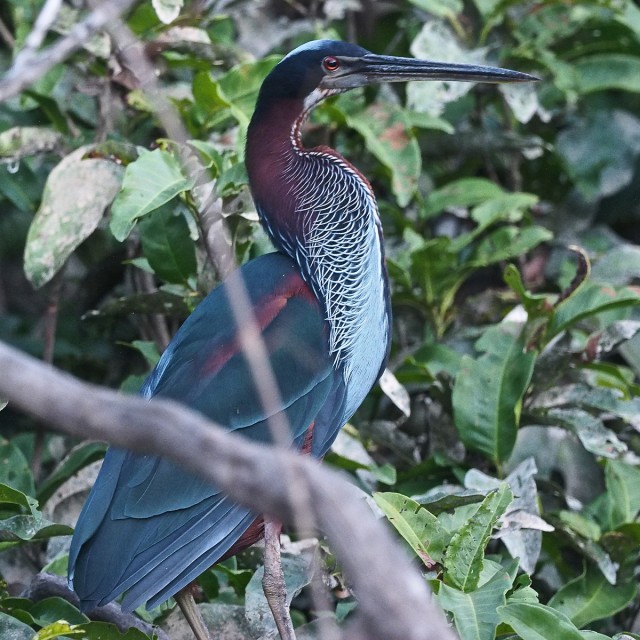
Day 9: Arriaga to San Cristóbal de las Casas
If for some reason we failed to find Rose-bellied (Rosita’s) Bunting in the previous days, we will have a good chance to search for it and the endemic Green-fronted Hummingbird close to Arriaga before driving to San Cristóbal de las Casas, where we will check in to the hotel and have a free afternoon to explore the cultural aspects of this historic city (or more birding for those who wish). Night in San Cristóbal de las Casas.
Day 10: San Cristóbal de las Casas
We will bird at least two areas near San Cristóbal de las Casas this morning, where pine forest is the main vegetation. We should see several new species including Rufous-collared Thrush and Rufous-collared Sparrow, Amethyst-throated Hummingbird, Black-capped Swallow, White-naped Brush-finch, the blue-backed, southern form of the Steller’s Jay, Rufous-browed Wren, and, our main targets, Pink-headed Warbler and Black-throated Jay. In the late afternoon we will drive to Tuxtla Gutiérrez. Night in Tuxtla Gutiérrez.

Day 11: Tuxtla Gutiérrez
In the morning we will visit the spectacular Sumidero Canyon, where we will seek such sought-after species as Belted and Flammulated Flycatchers, Red-breasted Chat, Bar-winged Oriole, and with luck the rare Slender Sheartail. In the afternoon we will visit a sinkhole where dozens of endemic Green Parakeets usually roost. Night in Tuxtla Gutiérrez.
Days 12 and 13: Nava’s Wren and Palenque
Before heading to Palenque, we visit a special site where Nava’s Wren occurs. Our leader Hector Gomez de Silva was involved with rediscovering this bird and having it classified as a species. Afterwards, we will take the whole rest of the day driving to Palenque, an outstanding archaeological site surrounded by luxuriant rain forest in land that belonged to the Mayas. Hundreds of bird species can be found in this area, among which we can expect to see Long-billed Hermit, Masked Tityra, Red-capped Manakin, Montezuma’s Oropendola and several species of trogons, parrots, tropical tanagers, wrens, flycatchers and more. Nights in Palenque.

Day 14: Usumacinta marshes
Leaving Palenque we drive through grasslands and marshes near Emiliano Zapata and Villahermosa. We will be looking for a number of interesting birds including Double-striped Thick-knee, Bare-throated Tiger-Heron, Grassland Yellow-Finch, Plain-breasted Ground-Dove and Lesser Yellow-headed Vulture. Night in Villahermosa.
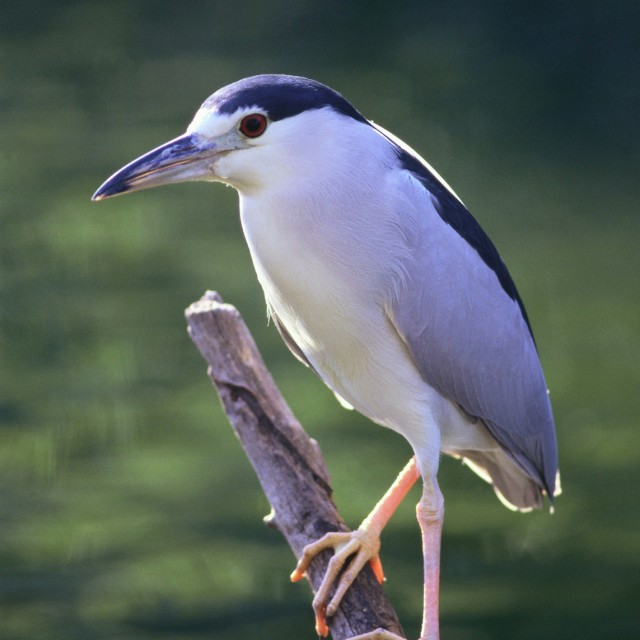
Day 15: Departure From Villahermosa
Our Southern Mexico birding tour concludes today. Breakfast is available at our hotel in Villahermosa, but you are free to leave anytime today.
What to Expect
What to Expect
Overview
The Southern Mexico tour is a relatively fast-paced birding tour with long days out in the field. The primary focus of this tour is birding and finding the birds on the target bird list. However, the daily travel schedule will vary to account for weather, bird species and habitat.
Food
We will often want to be out birding very early in the morning, so we will take a box breakfast into the field. However, on two occasions we will have a 6:30 to 7 am breakfast in the hotel and on one morning we will make a mid-morning departure to allow for some relaxation time. Around noon, we stop to have a sit-down meal at a restaurant. We will usually have dinner at the hotel or a nearby restaurant, where we will review the list of birds seen and heard and plan for the next day.
Walking
The tour involves generally easy walking, occasionally with short stretches of gentle hill climbing, and in one or two places it may be somewhat muddy but rubber boots will certainly not be necessary. During our walks we stop frequently to observe wildlife. When walking we will never be more than a couple of kilometres of the vehicle.
Driving
There will be a couple of long drives of up to five or six hours, but we will be stopping at two or three places along the way to break up these journeys into shorter segments. Almost all days on the tour involve significant driving, at times on windy roads, to get to the locations for our target birds.
Weather
When we are at higher elevations, we will encounter cool weather, sometimes even situations where we will want to wear a coat and gloves (some years are cooler than others). The Palenque and Villahermosa areas, where we will be on the last few days, will be hot and humid and we may encounter showers late in the day.
Boat trips
At one location we will go on a 2-hour mangrove boat ride.
Featured Wildlife
Featured Wildlife
While we cannot guarantee sightings of the birds or mammals listed below, we believe that encountering these species is quite likely during this tour.
- Nava's Wren
- Giant Wren
- Bridled Sparrow
- Red-breasted Chat
- Rosita's Bunting
- Belted Flycatcher
- Russet-crowned Motmot
- Oaxaca Sparrow
- Ocellated Thrasher
- Orange-breasted Bunting
Past Tour Checklists
Past Tour Checklists
View the list of birds and other wildlife we encountered on our past tours.

